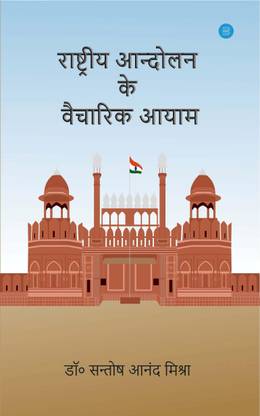AGRICULTURE
SHORT QUESTION WITH ANSWER
1.QUESTION
When and how did agriculture start along the river valley? What is the wider definition of agriculture now?
Answer:-
In earlier time human beings where dependent of and food gathering, hunting and fishing for their survival. gradually, they started growing crops along the river valleys which led to beginning of agriculture.It helped ancient civilisations flourish along the river valleys.
Agriculture means land cultivation. In wider terms, agriculture is the science and art of raising crops, rearing of livestock, forestry and fishing.
2.QUESTION:-
Highlights the importance of agriculture for people around the world.
Answer:-
1.In India, agriculture provides more than half of employment of the country.
2. It provides food to the whole population of the country.
3. It Brings Foreign Exchange to the country by exporting those goods to other countries.
4. It helps in the formation of economy of the country.
5.In India Agriculture is the backbone of the Indian economy.
3.QUESTION:-
Describe any three new techniques used in agriculture to increase the production of the crops.
Answer:-
1) Farmers uses HYV ( high yielding variety) seeds.
2)Fertilizer s are also used by farmers .
3) Multiple cropping and modern technology is used.
4.QUESTION:-
What type of soil, temperature and rainfall is required for cultivation of wheat and rice?
Answer:-
wheat-
1.soil type- loamy soil is required.
2.temperature- the ideal temperature for wheat at the time of sowing is 10°- 15°C at the time of harvesting is 20°- 25°C.
3.rainfall- it grows well in 75-100 cm of rainfall. harvest period should be frost free.
rice-
1.soil type- Alluvial loamy and clayey soils are ideal for rice cultivation.
2.temperature- 24° C or above with minor variations during showing, growing and harvesting seasons.
3.rainfall- rice flourishes well in the areas where rainfall is above 100 cm.
5.QUESTION:-
What is meant by nomadic herding ? Which are the most important regions for nomadic herding?
ANSWER:-
Nomad herding is the people who travel from one place to another during seasonal changes with their livestock in search of grass.
Nomadic herders wander in small groups and have no permanent home.
They are found in the region of Africa, Asia, and Europe, along with the tundra regions of Asia and Europe.
Agricultural biotechnology is also known as
agritech is the study that involves biotechnology to agriculture.
This study mainly concentrate on the use of tools
and techniques that includes molecular makers,
vaccines. Tissue culture and genetic engineering
to modify and improve the value of existing
plants and animals.
Advantage of biotechnology in agriculture
development.
1.It improves the value of existing plants.
2.It improves the nutrition quality of a plant.
3.It improves the production.
4.It reduces diseases in plants.
5.It reduced the costs on agriculture.
Three physical factors influencing the
agricultural development in an area as follows-
1.Climate: Climate variation can obstruct the
availability of food, diminish access to food,
and influence the quality of food. Thus
favorable climatic conditions are must for cultivation.
2.Soil: Soil is a crucial component of successful
farming and is the primary source of the
nutrients which we use to raise crops.
3.Topography: it is the façade of the soil and
its relation to additional fields impacts the
ability of execution. In available mechanized
agriculture, comprehensive, moderately
level tracks support for lower running costs.
Subsistence agriculture refers to the form
of agriculture in which the prime focus of the
production of food is for the consumption of
the farmer's family.
Commercial agriculture refers to the form
of agriculture in which the prime focus of the
production of the food is for sale.
According to my opinion, Commercial agriculture
would be more useful for India.
Production of food should be in excess that
it both satisfies the needs of the farmers family
and the remaining shall help them earning as well.
SOURCES-
1.WE AND OUR WORLD CLASS 8
DAV PUBLICATION
2. NCERT BOOK OF CLASS 8
PREPARED BY
DR.SANTOSH ANAND MISHRA
D A V PUBLIC SCHOOL
MANPUR
GAYA










15 Comments
Very nice sir thank you
ReplyDeleteThanks sir 😊
ReplyDeleteThanku very much sir👌👌👌👍
ReplyDeleteThis very good sir 👍👍
ReplyDeleteThank you sir
Thankyou so much sir
ReplyDeleteyou pay a lot of attention to children
Thank you sir.....
ReplyDeleteThank you so much Sir.
ReplyDeleteThank you sir
ReplyDeleteThanks sir
ReplyDeleteThank you sir for giving your precious time to yourstudents.
ReplyDelete😊😊😊
Thank youbsit
ReplyDeleteits cool
ReplyDeleteThanks for Sharing This Article. Python Programming Assignment Help is a website that allows you to Online Assignment Help online. Easily to write, Assignment Help Online with trained male and female teachers in Online Classes For Kids and Adults..
ReplyDeletethis is a nice one.
ReplyDeleteThank you
ReplyDeleteThank you